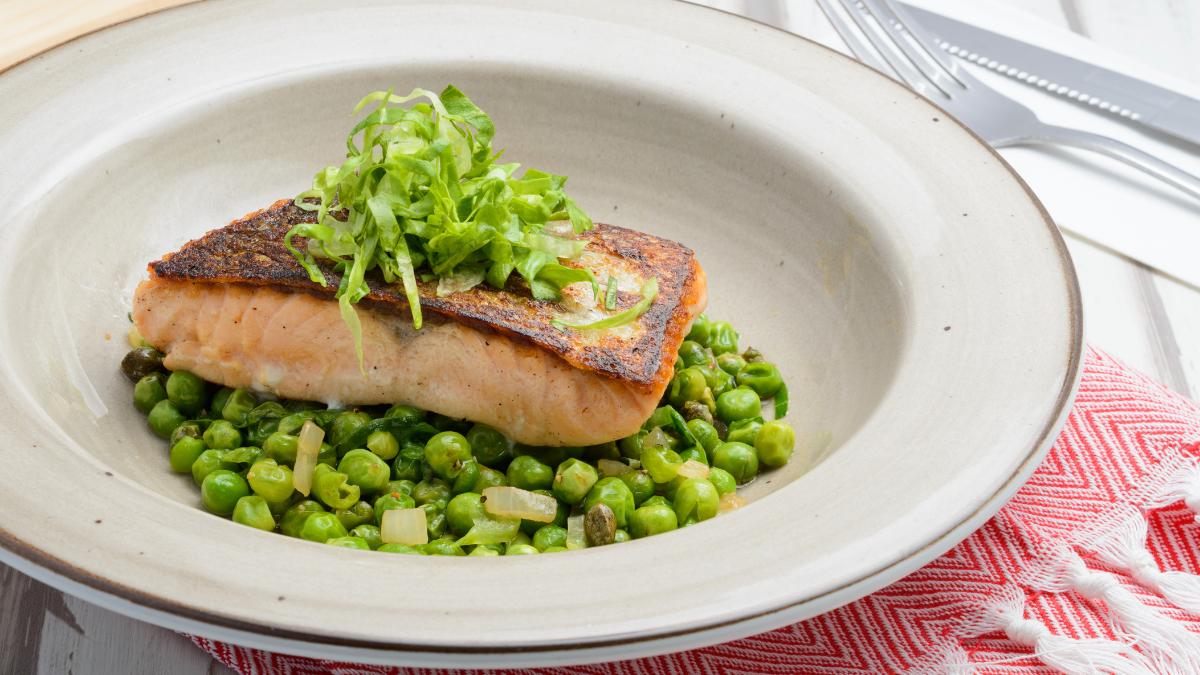
There are many different ways to incorporate healthy meals into your weight loss plans. You can eat small meals throughout the day. This will help you control your hunger throughout the day. Incorporating protein and fiber-rich foods into every meal is another way to lose weight. Also, it is important to limit your portions. It is crucial to eat less calories than you think. It's also important to prepare your meals before you go.
Weight loss may be promoted by fiber- and protein rich combinations
Increase your portion size to increase your fiber consumption. Fiber has been linked to a healthy weight and helps you feel full longer. Insoluble fibers don't digest well and can bulk up your food. They also promote more regular bowel movements and reduce your overall calorie intake. More fiber could be the key to losing your weight. Check out our nutrition guide for more information.
It is well-documented that protein has a positive effect on appetite. The effects of protein on appetite are well documented. It causes satiety which reduces appetite and increases energy intake. This effect does not affect gastric emptying rate or conditioned taste aversion. The possibility that protein can decrease hunger and increase satiety, which in return reduces energy intake. Many factors could explain why fiber-rich and protein-rich combinations promote weight loss.

Snacks eliminate hunger
Snacks are an excellent way to curb your appetite, prevent overeating, and reduce hunger pangs between meals. Snacks can help you digest food faster, burn more calories, prevent you from overeating, and even keep your stomach from churning out unhealthy foods. Look for healthy snacks with less than 150 calories and lots of nutritious ingredients. You should eat slowly to let your hormones know you are full. Serve healthy snacks on plates or bowls.
It's crucial to find the right balance between satisfying hunger and keeping within a strict calorie-count. It is important to eat a few snacks per week, preferably one at a given time, in order to maintain a healthy weight. Avoid eating ultra-processed, high-calorie foods. This will only change your eating habits and affect the quality of your diet. Try to eat only healthy snacks to eliminate hunger between meals.
Preparing meals ahead
Preparing meals ahead can help you make healthier meal plans and lose weight. Preparing meals ahead of time is easy, but can be time-consuming. To ensure you always have the right ingredients, it's important that you plan ahead. Researching recipes can help you prepare your grocery lists ahead of time. Then, shop for the groceries the day before. You can cut down on cooking time by planning ahead and avoid scrambled eggs last minute.
Create a nutritious menu plan for the week by using a meal planning app, a calendar, or a grocery list. Make sure to add convenience items, such as fruit and granola bars. You should schedule a meal prep day each week. Start your grocery shopping the morning before. This will allow you to save time and let you get on with your day.

Portion control is key to weight loss
There are many benefits to portion control that go beyond a slimmer waistline. Portion control is crucial for maintaining a healthy weight. Portion control not only helps to control calories but can also help improve your digestive health. Regularly eating smaller portions can reduce stomach pain and help you lose weight. Overeating regularly can cause serious problems with blood sugar balances. Overeating can result in blood sugar levels rising and falling more frequently, which can lead eventually to diabetes.
Choose healthy, preportioned food to limit portion size. Preportioned food containers provide structure and reduce the need to make decisions about portion sizes. In people with high energy intakes, both solid and liquid meal replacers have been shown to increase weight loss. It is important to reduce your portion size for weight loss. However, you should eat smaller portions than usual of higher-calorie foods.
FAQ
What can I have in the morning when I'm intermittently fasting?
Drink water before you go to bed at night. It helps you feel full faster and gives you energy throughout the day. Add lemon juice or cucumber pieces to spice it up.
What is the best way to exercise when you are busy?
The best way to stay fit is by doing exercises at home. You do not need to join a gym. It is possible to perform basic exercises at home with minimal equipment.
You will need a pair, mat, chair, timer, and some dumbbells.
Your most important goal is to keep up your fitness routine. You could lose motivation if your workouts are not consistent for more than a few consecutive days.
Try lifting weights three days per week. This is a great place to start. These could include push-ups/pull-ups/squats, push-ups/pull-ups or dips/curls.
Once you are proficient in these movements, you will be able to do other types of exercise, such as running, jumping, skipping and yoga, pilates, dancing, swimming, weight training and tennis.
Remember to pick the program that best suits your lifestyle when choosing an exercise program. You might avoid exercising if your work hours are long.
If you are a night owl you should exercise during the evening instead of in the early morning.
Listen to your body. Stop when you feel tired.
What is the best exercise for weight loss?
There are many factors that affect the amount of exercise you need to lose weight. Most people need to exercise at least 30 minutes five days a weeks.
The American College of Sports Medicine recommends 150 minutes of moderate-intensity aerobic activity each week, spread over three days.
To lose 10 lbs, you should aim to exercise 300 minutes each week. You can do this by walking fast, swimming laps or biking, as well as playing tennis, golfing and hiking, or jogging, running or other similar activities.
Consider doing 20 minutes of vigorous exercise thrice a week if you are just starting out. This could be lifting weights, sprinting, jumping rope, and fast walking.
Aerobic exercise can help burn calories as well as build muscle mass. Muscle burns more calories than fat does. So building muscle can help you lose weight faster.
Why lose weight before you reach 40 years old?
Senior citizens over 40 need to maintain their health, fitness and well-being. It is essential to find ways to stay fit throughout one's life. Regular exercise, healthy eating, moderate alcohol consumption, and quitting smoking are all important.
It is also crucial to recognize the fact that our bodies age. Our bones begin to weaken and our muscle mass begins to shrink. We can slow down the aging process by taking care of ourselves.
It is important to stay healthy and fit as you age. These are some of the benefits:
-
Better sleep
-
Better mood
-
Increased energy levels
-
Lower risk for cancer
-
A longer life
-
More independence
-
Better sex
-
Better memory
-
Better concentration
-
Improved circulation
-
Stronger immune system
-
There are fewer aches and pains
Statistics
- Among women, the increase in metabolic rate was nearly 4%, or 50 more calories per day (14Trusted Source (healthline.com)
- According to a study sponsored by the American Council on Exercise, a person weighing around 140 pounds (64 kg) would burn 108 calories at a 30-minute beginner's Pilates class or 168 calories at an advanced class of the same duration (26). (healthline.com)
- A 12-week study in 20 women with obesity found that walking for 50–70 minutes 3 times per week reduced body fat and waist circumference by an average of 1.5% and 1.1 inches (2.8 cm), respectively (healthline.com)
- One 6-month study showed that simply doing 11 minutes of strength-based exercises 3 times per week resulted in a 7.4% increase in metabolic rate, on average. (healthline.com)
External Links
How To
How to do Intermittent Fasting (IF)
Intermittent fasting, a type of dieting that allows you to only eat one time per week, generally Monday through Friday. The goal is to decrease your overall calories and still get adequate nutrition. It's believed that this helps burn fat faster than if you were eating normal meals throughout the entire week.
The most common form of IF involves restricting calories only on certain days of the week. This means that you would skip breakfast every morning and then consume whatever food you want during the rest of the day. You can also opt to eat three small meals a day instead of two large.
There are many different forms of intermittent fasting, including alternate day fasting, 5/2 fasts, 8/4 fasts, 16/8 fasts, etc. There are pros as well as cons to each form of intermittent fasting. Because you don't need to make major lifestyle changes, alternate day fasting can be the easiest way to get started. Some people may find it difficult to adhere to such a strict schedule, so they might try other methods.
Alternate-day fasting is a good option if you are looking to begin an intermittent fasting program. This will allow you gradually to transition into more extreme fasting habits without changing your lifestyle.